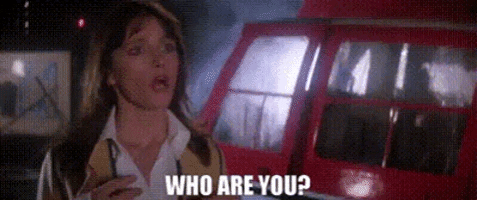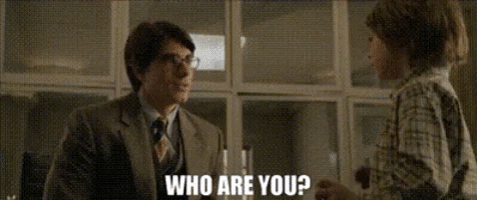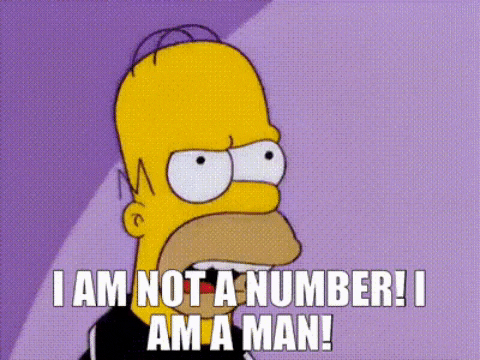“I was a DC fan and never picked up Marvel Comics, but there wasn’t much else to check out, and one cover in particular caught my eye: Captain Marvel no. 29, with its hero in a dramatic red and black costume soaring up against a hyperreal star field, courtesy of Wayne Boring via Steve Ditko.
“DON’T DARE MISS THE BIG CHANGE IN MAR-VELL,
IN THE THRILLER WE CALL —METAMORPHOSIS!
HE’S COMING YOUR WAY!
THE MOST COSMIC SUPERHERO OF ALL!”
Many covers of the seventies showed The Questing Hero in Space, The Cosmic Seeker. No longer on the streets or even in the air between city skyscrapers, superheroes were head-tripping, off on journeys, finding themselves while The World got its own act together.
The writer-artist on Captain Marvel was ex–navy photographer Jim Starlin, who was closer to the experiences and temperament of his young audience than Kirby. Like many of his peers, Starlin was an acidhead, and he made it plain in his stories. His mythology was more pop psych than Kirby’s, but it synthesized everything about the Marvel style in a new, easy-to-digest package that absorbed the lessons of New Gods, flattened out the spiky edges, and made Kirby look as old-fashioned as Gunsmoke on black-and-white TV.
Starlin’s Freudian universe, which echoed and reversed Kirby’s Fourth World, revolved around the Power Struggles of Thanos of Titan and his family of demigods, including, of course, the libidinous Eros.
Starlin recruited the Captain Marvel character to play the Orion War God role, reaffirming the captain’s shamanic roots and his appeal to psychedelic voyagers everywhere. Marvel’s Captain Marvel had begun as an uninspired attempt to secure the trademark by rustling up a character from whole cloth. The only Captain Marvel allowed to use that name on the cover of his book was Mar-Vell, a dull warrior of the Kree, until Roy Thomas drafted Marvel’s ubiquitous sidekick-for-hire, Rick Jones, into the Billy Batson role.
Jones was soon slamming his “nega-band” bracelets together to summon The Hero in a blast of energy that recalled the original captain’s vocal detonation of occult thunder.
In one sly scene, the meaning of which passed my young self by, a bored Rick Jones, adrift in the Negative Zone while Captain Marvel went to work, passed the time by dropping acid. Unsurprisingly, this affected The Captain’s performance, and problems ensued.
If Kirby’s Promethean dialectic was informed by his experiences in World War II, Starlin’s came courtesy of the post–Vietnam War counterculture. Thanos was Darkseid not as galactic tyrant but as thwarted lover, a gnarled and massive embodiment of the death wish that had overwhelmed so many young Americans in the sixties.
To make sure no one missed the point, Thanos even courted Death itself in the alluring form of a robed, hooded, voluptuously breasted female figure that followed him around like some ghostly Benedictine groupie.
Kirby’s Satan was a monster of Tyranny; Starlin’s was a frustrated Nihilist, wooing Death like a lovesick puppy. Thanos was a Gothic teenage villain who spoke to a generation that couldn’t care less about Hitler or The Will to Power.
I was fourteen when I found Captain Marvel no. 29, immediately arrested by its front cover. We were punk chrysalids, and Starlin’s existential heroes spoke our language, as they overcame foes that we all recognized from our spotty, sleepless nightmares.
In a story portentously entitled “Metamorphosis,” Captain Marvel found himself on a distant planet, about to be judged by the godlike Eon. We know Eon is godlike because he resembles an enormous, hovering potato with jelly hands, a stern human face, and a giant staring eye in an acidhead’s best approximation of An Angel.
His opening statement included these words: “WE ARE EON—HE WHO WAITS! SINCE THE DAWN OF OLYMPUS WE HAVE AWAITED YOUR COMING, AN ARRIVAL FORETOLD BY KRONOS, THE COSMIC BALANCE!”
Starlin’s dialogue lacked Kirby’s percussive beat poetry but was more naturalistic and much easier for a fourteen-year-old to take seriously.
If Kirby was the King James Bible, Starlin was the New English translation. Starlin smoothed Kirby’s rough edges into a solid, plastic finish. His figures were as massively proportioned and as given to sudden, violent action as the King’s but were drawn with a supple, clean line that gave them the springy believability of plasticine animation. The frenzied expressionist slashes of Kirby’s outlines were refined, mellowed out to a 3-D finish.
Closer inspection revealed Starlin’s greatest innovations as a combination of Ditko and Kirby into one fresh new look. From Ditko he borrowed his mind-bending psychescapes and grubby urban scenes, his abstract concepts rendered into anthropomorphic form, his sliced-time panel grids and formal page compositions.
From Kirby it was the relentless action, the epic vision, the massive figures, and the brawling masculinity. “WHY ARE YOU TORTURING ME SO?” snarled Captain Marvel through gritted enamel as he balled his fists and glanced back over his shoulder at the impassive Eon. “BECAUSE KNOWLEDGE IS TORTURE AND THERE MUST BE AWARENESS BEFORE THERE IS CHANGE.”
Before Captain Marvel or we the readers had any chance to ask for evidence to back this up, the booming inhuman voice of Eon continued.
“THIS WE KNOW BECAUSE WE WERE CREATED TO KNOW!”
Which placed us in no doubt whatsoever. And so his Warrior Spirit was subjected to a series of symbolic visions showing the Futility of War: a montage of weeping children, limbless veterans, and sieg heiling Nazis.
The Universe needed A Protector, not A Warrior, Captain Marvel was informed, and his agonizing shamanic ordeal among The Stars was designed to bring about the birth of a new “cosmically aware” Superman, a being intimately connected to everything in the cosmos.
An out-and-out psychedelic superhero had emerged from the chrysalis of Captain Marvel. “TO BE TRULY FREE ONE MUST OVERCOME HIS OWN INNER DEMON!”
This was the intro to Captain Marvel’s two-page fight with a crumbling stone version of himself that was conveyed in dazzling freeze-frame digital panels intercut with wide borderless shots in which two decisive figures clashed against the white space of the page.
A series of devastating strikes reduced the inner demon to builders’ chips, and Captain Marvel was, at last, ready to move on. I’d never seen anything like it. This comic felt like it had been custom created with my specific needs in mind as a reader. I was transported, hooked on a new drug.
As ever, it’s easy to look back and laugh, but to a fourteen-year-old who wished he’d never seen Uncle Jimmy’s porn, or squashed dogs called Shep at the side of the road, knowledge was torture.
Which meant that maybe there did have to be Awareness before there could be Change. To an introspective, imaginative, and repressed teenage boy who had timidly rejected The Bible, this cosmic creed was as good as any. The Justice League seemed childish compared to Starlin’s beefy Pop Art psycho sci-fi — an increasingly guilty pleasure as the DC universe became stale and conservative, congealing to a set of repeated gestures played out with exhausted emblems, empty signs.
The age-old lessons of psychedelic drug trips, the booming, inevitable voice of the bloody obvious suddenly given godlike status, were passed on to me via these stories as surely as they were through the music of The Beatles or The Doors.
Mar-Vell was now “cosmically aware,” which meant that his features would often cloud over with a beautiful graphic representation of starry, unbounded consciousness. His face would plunge into shadows lit with moving star fields and nebulae, with only his two blue eyes gazing out of infinite space at us.
This was How it Felt to Live inside My Head too. These battles were ones I was fighting in my own adolescent soul. This was the shamanic trip as Marvel hero book.
Marvel Comics’ original conception of Mar-Vell had been too boring to contain the voltage of Captain Marvel, the original super shaman, but here he was finally living up to the promise of his stolen name and the responsibility of his heritage.”
 Arthur Dent :
Arthur Dent : 

